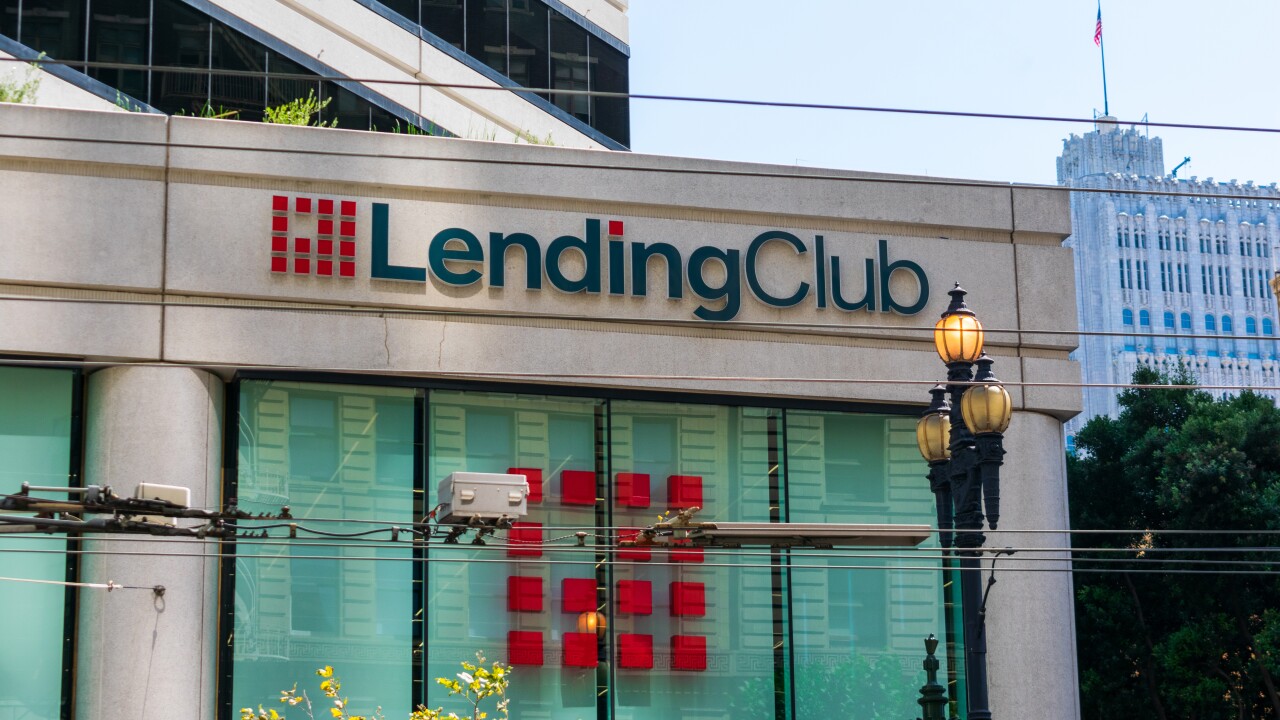Fidelity Investments, in lowering commission fees on certain on-line trades, is reacting to the brokerage industry's growing penchant for rewarding its most active traders.
Users of Fidelity's deep-discount unit, Spartan Brokerage Services, will now pay $25 per trade, down from $52.50, said spokeswoman Teri Kilduff.
But the general public, whose fees remain higher, probably won't rush to sign up.
The discount is available only to those stock traders who make 36 trades a year and have a minimum balance of $20,000. Though Spartan's active traders make up a quarter of the brokerage's overall trading volume, they account for only a small share of traders, said Ms. Kilduff, who would not disclose the percentage.
The move by Boston-based Fidelity positions it below rival Charles Schwab & Co., which charges $29.95 for a comparable trade. But Schwab requires a minimum of only $5,000 in the account.
Another discount broker, New York-based Quick & Reilly Inc., charges $26.75 for all on-line trades, with no minimums. Executives at that brokerage seemed unimpressed by Fidelity's lower price.
"When you add all the other stuff, we're not exactly quaking in our boots here," Quick & Reilly spokesman Charles Salmans said of Fidelity's pricing system. "It's not a flat $25. We would argue that when all's said and done, we're cheaper."
Despite the increasingly cut-rate trading fees, studies by Forrester Research Inc., Cambridge, Mass., show the discounting trend may eventually reverse itself.
On-line services have yet to fully tap a lucrative sector of the public that makes 12 to 20 trades a year.
That group is 25 to 44 years old and has income of $50,000 to $100,000, Forrester reports. Those people are willing to pay bigger commissions for more guidance and information, including research reports and other data about selected stocks.
"What we saw was a mid-tier, neither the most active trader nor the discount trader. That's not to say the discount model would disappear, but just that a mid-tier would develop," said David Weisman, director of money and technology strategies at Forrester. "The mid-tier might want more hand holding. They might be 401(k) investors, mutual fund investors."
Brokerages have largely avoided competing with nonbrokerage discounters like E-Trade Group of Palo Alto, Calif., which charge as little as $12 per trade.
Because cut-rate firms typically offer little research or support, traders are required to know exactly what stocks they want to buy or sell. Plus, their profit margins are "razor thin," Mr. Weisman said.
For now, the market seems to be demanding both information and low prices.
For example, at the same time Quick & Reilly lowered its per-trade price last fall, it sought to beef up its research, offering unlimited portfolio access, as well as customized Reuters research. But for real-time stock quotes, Quick & Reilly is not unusual in charging $29.95 per month, which is about the industry average, Mr. Weisman said.
Brokerages and others with on-line trading services will have to balance the demand for low fees with the reality that on-line trading is still expected to remain a niche-if one dominated by relatively affluent people.
At present, there are only 1.5 million to 2.8 million on-line brokerage accounts, by various trade estimates.
Within three to five years the number could be between 9 million and 12 million, though that would still be a fraction of the 109 million U.S. households.





